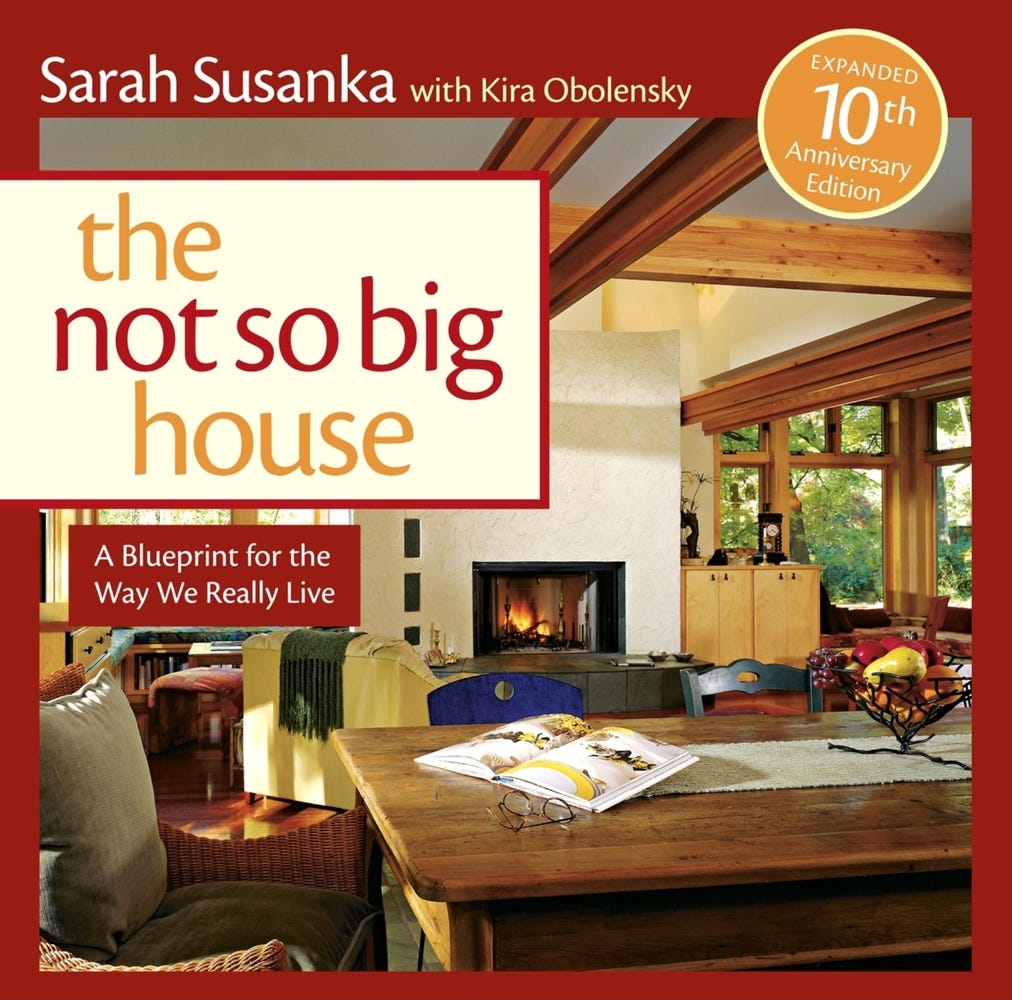North Carolina & The Not So Big House
27 years after publishing, Sarah Susanka's book is as relevant as ever
The Not So Big House will be featured at the CITYBUILDER BOOK CLUB event at Press Coffee and Crepes in Raleigh, on Wednesday, April 23, 12 Noon. Come join the community.
Keep reading with a 7-day free trial
Subscribe to CITYBUILDER to keep reading this post and get 7 days of free access to the full post archives.



